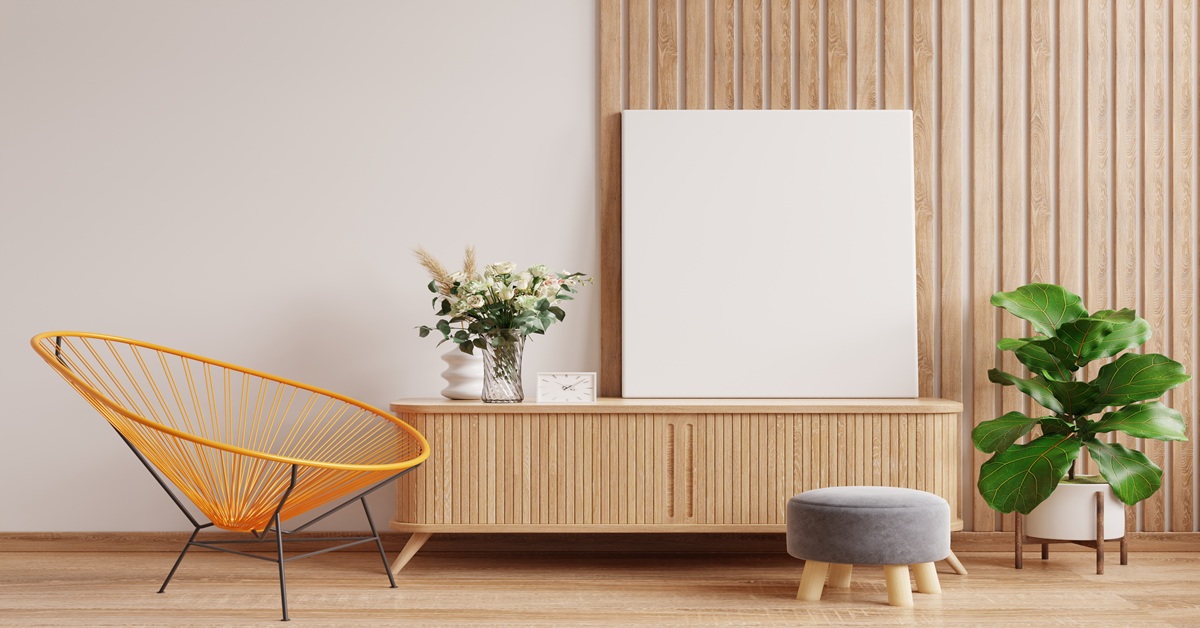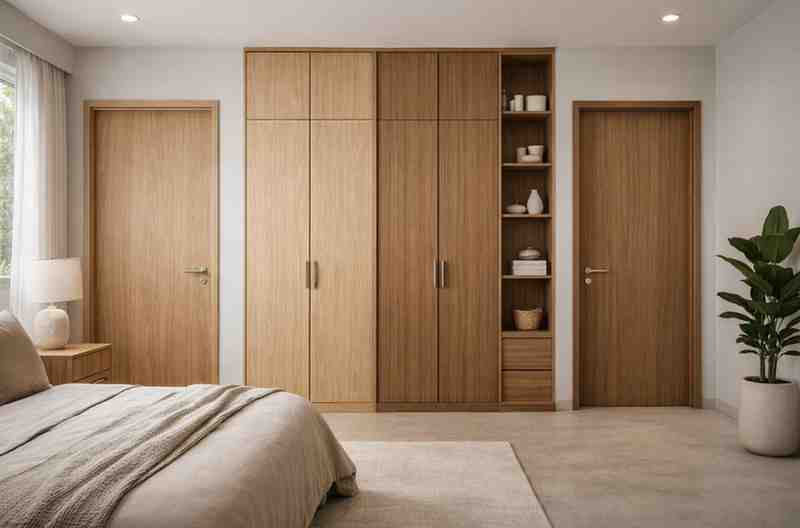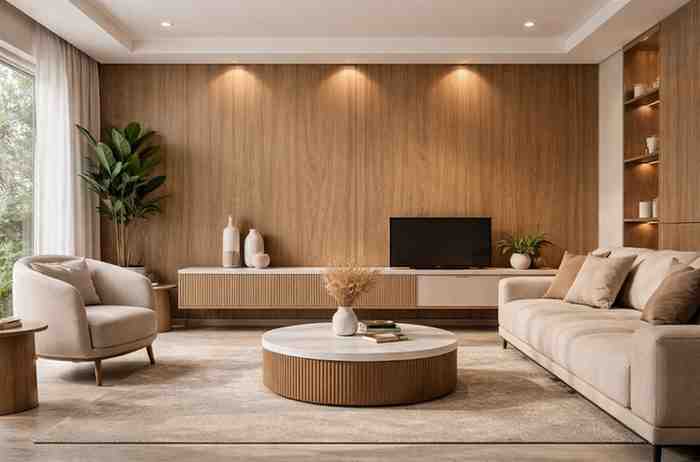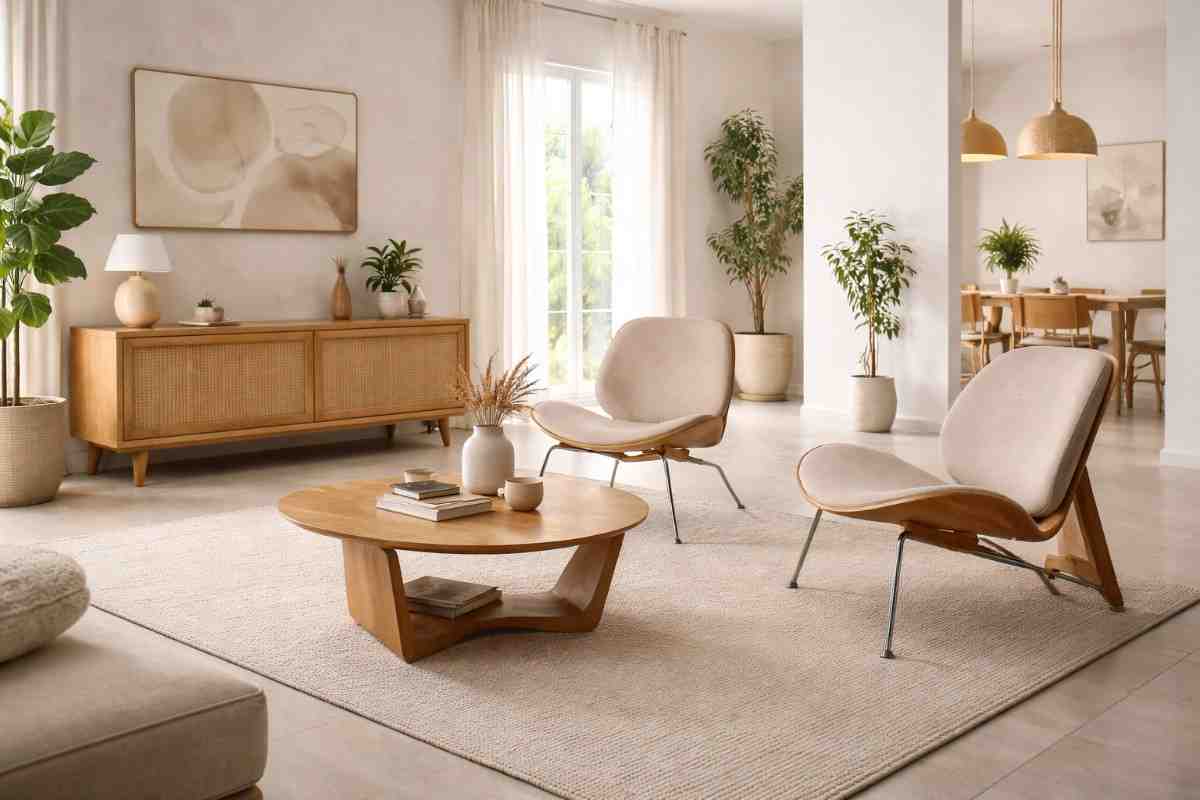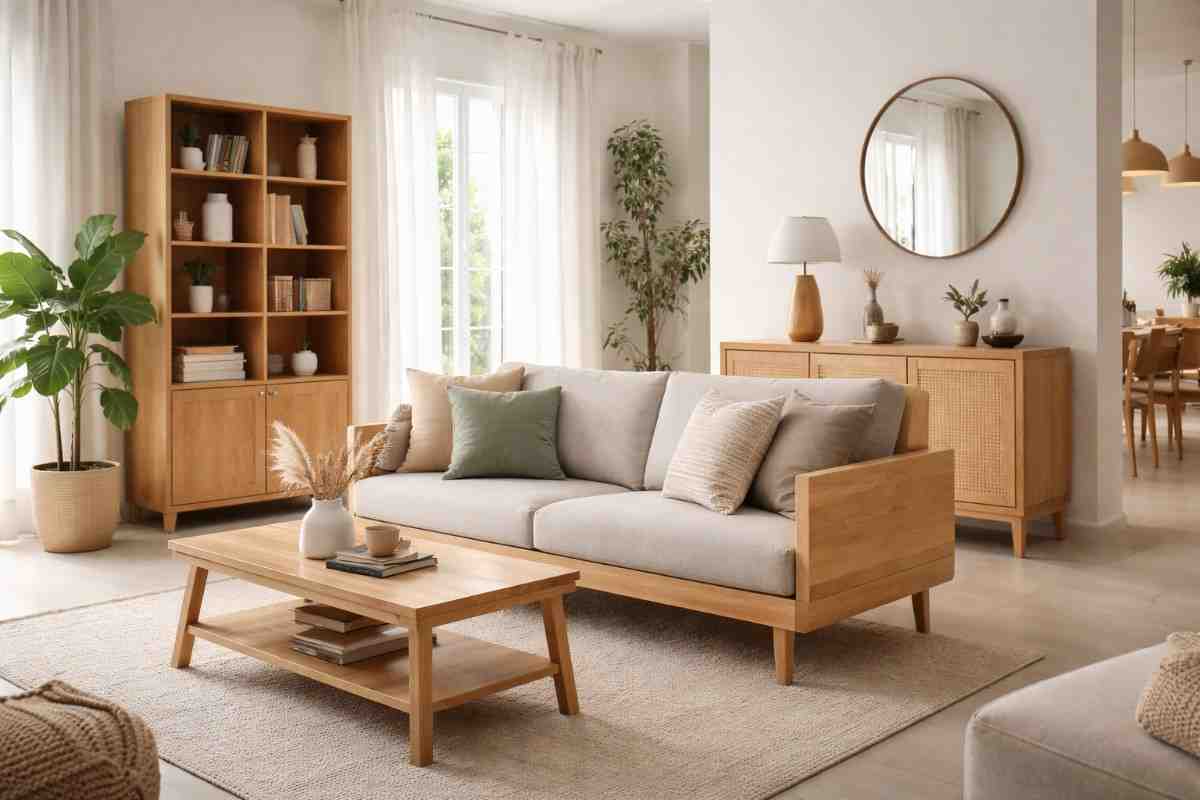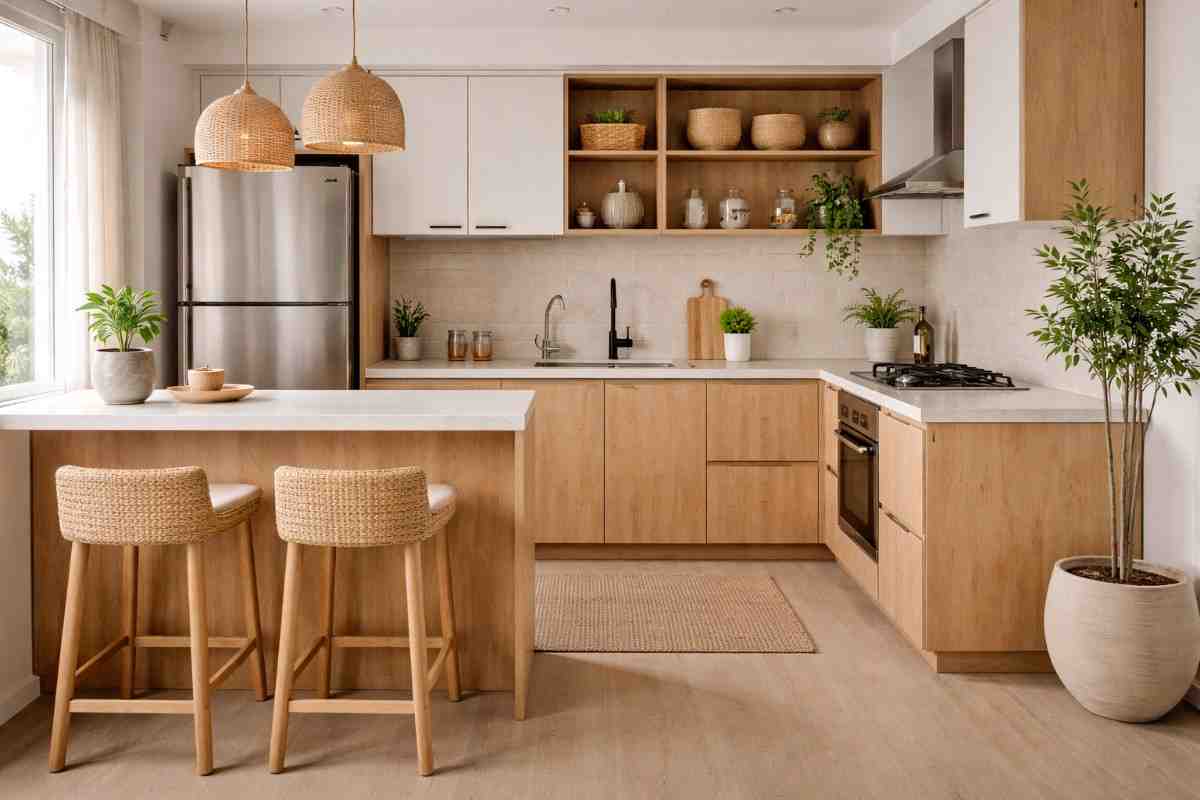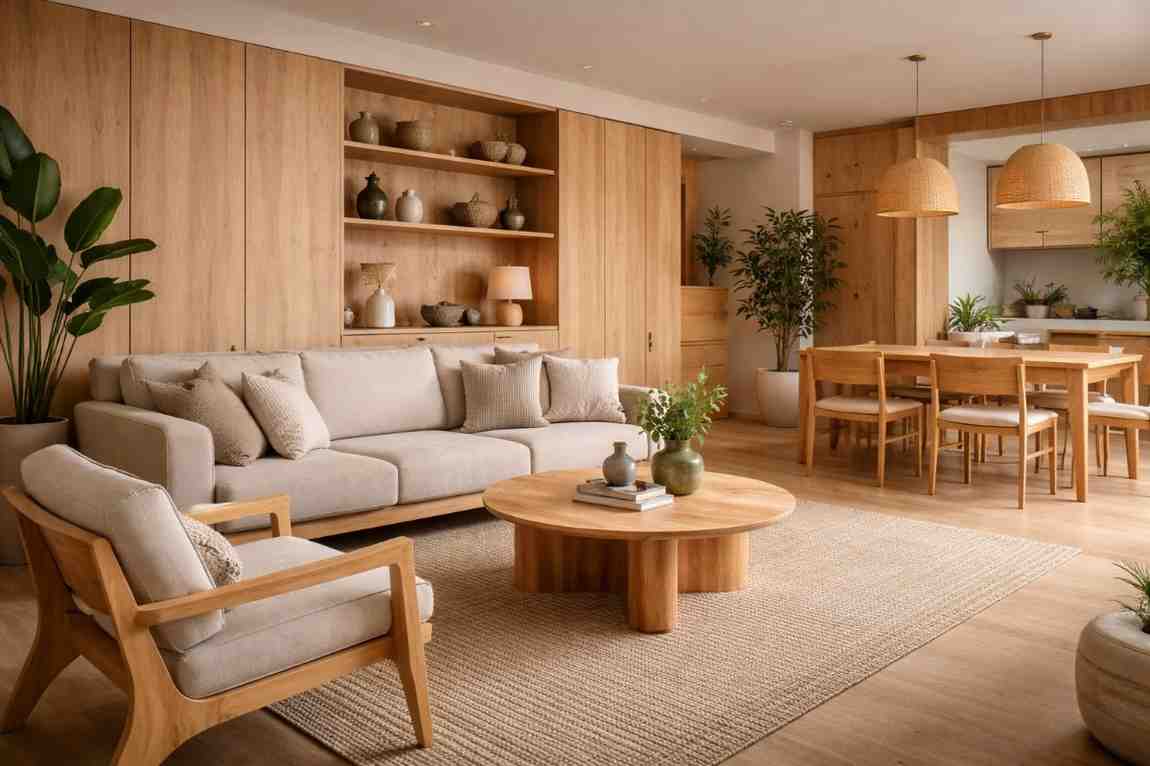Introduction
A lot of building and furniture projects utilise plywood since it is very robust and flexible. Moisture, on the other hand, is the worst thing for it. The humid air, spills, or direct exposure to water can all cause moisture. It can make your plywood products bend, expand, and even break, which will reduce their structural integrity. You need to know how to protect your plywood furniture from moisture. This blog will explain how to protect plywood from moisture while enhancing its durability and longevity.
Table of Contents
Understanding Moisture’s Impact on Plywood Stability
Selecting the Right Moisture-Resistant Plywood Grades
Routine Checks to Avoid Moisture
The Critical Role of Effective Finishes in Plywood Protection
Understanding Moisture’s Impact on Plywood Stability
Moisture is a great concern for plywood since it changes its size and makes it weaker. When plywood is exposed to moisture from the air or direct contact with water, the wood veneers swell. Since the veneers are cross-banded, the swelling is uneven, as a result of which it leads the sheet to twist, bow or cup. This is known as warping. Not only does this deformation make objects look less appealing, but it also makes the structure of furniture or building pieces weaker.
Long-term exposure to dampness can do more than just deform your plywood furniture, as it can also induce delamination. The layers come apart when the glue that keeps them together breaks away. Delamination weakens plywood and is often a sign that fungus or rot is starting to form, which makes the plywood much worse. These problems develop a lot more in regions with a lot of moisture or where plywood is directly exposed to water without proper protection.
If you don’t protect plywood from moisture, it can become a location where mould and mildew can grow. This can change the colour of the wood, make it smell musty, and even be dangerous for your health. These living things devour the wood fibres, which makes the plywood break down faster and shortens its longevity to a fraction of what it could be. So, the first thing you need to do to learn how to protect plywood is to learn about these adverse impacts. This will make sure that your products stay robust and look good.
Selecting the Right Moisture-Resistant Plywood Grades
Choosing the correct moisture-resistant grade is the first and most critical step in protecting the plywood from moisture. MR (Moisture Resistant) grade plywood is used for frequent indoor uses where there might be some humidity in the air. It utilises an adhesive that holds up well against moisture. It can be used in dry spaces like bedrooms and living rooms, but not where it will come into direct contact with water.
In areas where there is a lot of humidity or water splashes, such as a kitchen, bathroom or laundry room, you need BWP (Boiling Water Proof) grade plywood. Synthetic resin adhesives are used to make BWP plywood. These glues can survive being in water and even boiling water for a long time without falling apart. Because it is water-resistant, it is a highly safe choice for situations where it is likely to get wet. This stops it from swelling, warping and bending.
Marine Grade Plywood is the ultimate solution for extreme conditions, like marine applications or outdoor furniture that are exposed to the rain and sun continuously. This high-quality grade is created using unextended phenolic resins and veneers that are devoid of flaws. This makes it the best at keeping water out and resisting fungus.
Discover the perfect plywood for moisture-prone areas. Browse our selection and build with confidence!
Routine Checks to Avoid Moisture
You should keep an eye on your plywood furniture to make sure it doesn’t get harmed by moisture over time. You should examine them on a regular basis. Look for subtle signs that something is wrong, such as little swelling at the edges, bubbling or peeling of the finish, changes in colour, or a faint musty smell. Be very careful in places where water is present, like sinks, toilets, or outside walls. If you catch these problems early, you can save them from getting worse and harm the look and structure of your plywood.
Tactile checks can also reveal hidden moisture problems that you can’t see. Push down on several portions of the plywood surface to observe if any of them feel soft or spongy. This could suggest that the wood has taken in water and is starting to break down from the inside. A moisture meter can tell you exactly how much moisture is in places like subflooring or behind wall panels. This can help you figure out if your plywood is being exposed to moisture. Fixing any faults you notice straight away is very crucial. This could be a damaged sealant or a little leak.
Reapplying sealants or topcoats to your plywood surfaces, especially in areas where there is a lot of foot traffic or moisture, would prove to be helpful. Make sure that closed spaces like cabinets and closets have excellent air movement to minimise humidity from building up. You can keep your plywood durable for a long time by checking it regularly for issues that can be caused by moisture.
The Critical Role of Effective Finishes in Plywood Protection
The first two stages to keep moisture out of plywood are to get the proper grade and allow it to get used to the weather. The last and most critical step is to put on a good finish. Finishes keep moisture and spills from getting into the wood by sealing the fibres. You can choose from a number of finishes, such as varnishes, lacquers or paints. Each one is more or less durable and looks good in its own way. The easiest technique to protect surfaces that can suffer spills is to use a waterproof sealant or high-gloss paint.
The edges of the plywood are also more likely to get wet since the end grains of the veneers are exposed. It is also vital to cover the edges with multiple coats of paint or varnish or use edge banding, which can be either pre-glued tape or solid wood strips. This forms a barrier that goes all the way around the plywood panel and is not broken. This makes it much harder for moisture to get in and create swelling or delamination.
If you want to protect objects like countertops, bathroom vanities or any plywood that is against a wall, you should also back-seal it (place a finish on the side that isn’t seen). This way, all sides of the panel will soak up the same amount of moisture, which minimises the likelihood of it warping even further. The best way to protect your plywood and keep it strong and make it last a long time is to make sure that all of its surfaces, edges, and backs are finished.
Experience lasting stability and durability. Get your hands on top-grade plywood for ultimate moisture defence now!
Conclusion
People who work with plywood need to know how to keep it dry. You can protect your wood from warping and water damage by making wise choices at every step, such as picking the right moisture-resistant grade (such as BWP or marine plywood), storing it correctly, letting it adjust to its new environment, and adding finishes. Not only do proactive procedures keep your plywood projects robust and visually appealing, but they also make sure you get the most out of your money by keeping your projects strong and functional for many years to come.
For unmatched resistance against humidity and water, choose Wigwam Ply for your projects now!
FAQs
1. What causes plywood to warp?
Uneven moisture absorption, often due to humidity changes or direct water contact.
2. Which plywood is best for high moisture areas?
BWP (Boiling Water Proof) or Marine Grade plywood is best for high moisture or wet environments.
3. Can I use regular plywood in a bathroom?
Regular plywood is not suitable, BWP grade is recommended for bathrooms.
4. How do I seal plywood edges from water?
Use edge banding or apply multiple coats of waterproof paint/varnish to seal edges.
5. Does painting plywood protect it from water?
Yes, painting creates a barrier against water, but all sides and edges must be thoroughly sealed for the best protection.

